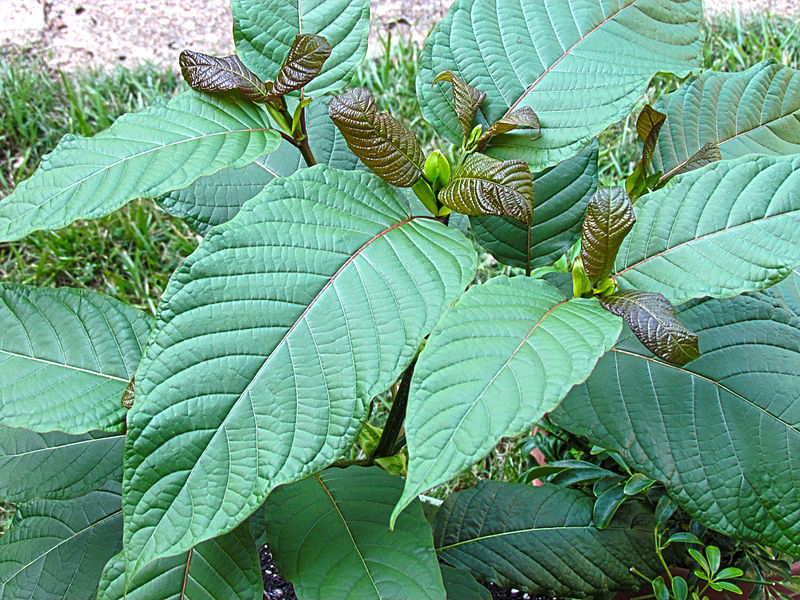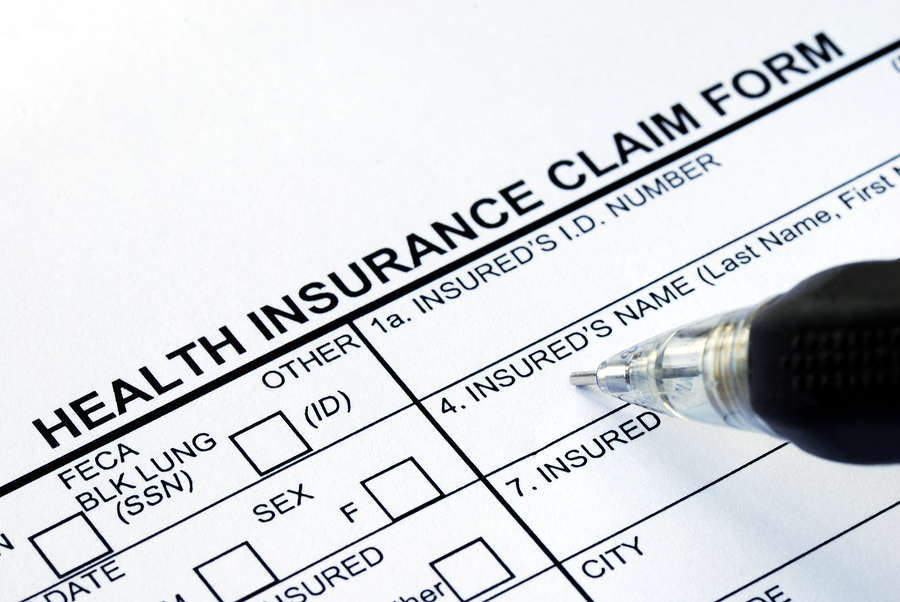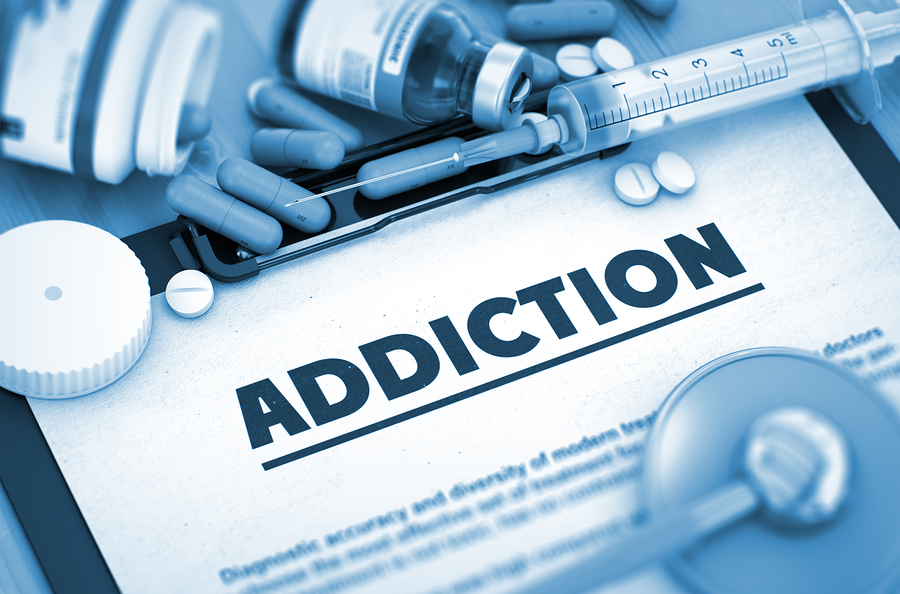What’s Normal Now?
/By Pat Akerberg, Guest Columnist
Trying to define what’s normal under any set of circumstances is tricky at best. But whenever your personal version of normal has been hurled about and ripped apart by a medical tsunami, any sense of normalcy shatters.
Whether newly diagnosed or living with a progressive disorder, once our previous sense of normal falls apart, every unusual medical issue, complication or symptom that happens now begs the question: “Is this normal?”
That began in 2009 for me when trigeminal neuralgia (TN) hit. Then after a brain surgery to supposedly fix it failed miserably, my fragile normal collapsed like a house of cards. The disabling complications and surgical damage done forced me into premature retirement.
As my circumstances rapidly devolved, people tried to comfort me by defining the extreme changes in my world as my “new normal.” That likely comforted them more than it did me.
I’ve always bristled at the term “new normal” since TN struck. Why? Because “new” implies positive connotations of something fresh, without defects or problems. And the word “normal” suggests a typical or ordinary state that you can fit into.
Sounds nice. However, trying to characterize a rare, debilitating medical disorder or painful condition as orderly is like trying shove a distorted square peg into a round hole. Plus, a progressive neurological disorder like TN doesn’t offer some future state free from a flawed quality of life. When the nerve damage invariably progresses, complications follow.
Medical Reality
That’s why I prefer to term my changing circumstances as my “medical reality” instead. That descriptor fits my state of affairs better.
When my medical reality changed dramatically, I initially started questioning whether the limitations I was experiencing might fit some other version of normal out there.
Examples of my questions follow. No doubt you have your own. I wondered if it was normal to:
Cancel plans and miss important occasions because my pain is so unpredictable
Family and friends to focus on how I look (“You don’t look sick”) versus the invisible suffering I endure
Watch some of them drift away when I wasn’t getting better
Find myself having to explain or defend my medical reality more than I’d like
Have occasional “brain fog” that causes me to question myself
Become exhausted dealing with constant pain and lack of sleep
Need more help with some things when I never did before
Have priorities, interests, motivations or some facets of my personality change
Question how relevant I am or indulge in pity parties on bad days
I can attest that these questions can dig deep at the identity level. From my experience, the best answers to them don’t just pop up readily either. Instead you have to live into them – so they are believable… so they are yours. Making them yours is the point.
It helps if you are able to connect with others who share your medical reality. Then you can share, compare notes and support each other.
Hard Won Answers
At times even your own medical professionals may not be able to answer what might constitute normal in your case. Though they may have familiarity with your diagnosis, how it plays out may vary widely from person to person.
Working with a qualified counselor or therapist can also go a long way towards discovering what is true for you. It helped reinforce that I’m the one who has my best answers.
These are two of my hard-won answers that work for me when I get frustrated by limitations:
It is what it is… for now.
When I can, I do. When I can’t, I don’t.
After a period of wrestling with a former healthy version of normal and a medically altered one, a personal clarity emerges – normal has become medically relative.
What’s normal for your unique medical circumstances isn’t relative to anyone who doesn’t share that same medical reality. And vice versa.
Eventually I concluded that it wasn’t helpful to question my altered state or try to measure up to an old paradigm of normal. That shift in mindset translated to permission to pursue a host of ways for me to compensate, accommodate and re-frame my daily living to better fit my medical reality.
The strategies that took shape from that shift are geared towards improved functioning and minimizing stress. They lead to more realistic plans or expectations and pinpoint the kinds of help you may need.
Self Preservation Skills
As you work your way through normalcy questions into ways to redefine them, my experience has been that a more formidable self takes shape – one better skilled at self-preservation. Progress to that end doesn’t necessarily follow a linear or predictable fashion.
The good news is that you learn to shift focus toward what’s within your control – and away from what isn’t. From this more fitting “work-arounds” emerge.
These proactive countermeasures act like seeds that create fertile ground for hope to take root. While hope may not be a strategy on its own, it often provides the intangible fuel to press on.
One thing is certain – judging yourself as coming up short compared to some phantom reality definition of normal adds no positive value to your life.
So, rather than submitting to bogus notions that medical deficits can reduce the measure of your humanity, give yourself kudos instead as your spirit and determination prevail over them.
Pat Akerberg suffers from trigeminal neuralgia, a rare facial pain disorder. Pat is a member of the TNA Facial Pain Association and serves as a moderator for their online support forum. She is also a supporter of the Trigeminal Neuralgia Research Foundation.
The information in this column should not be considered as professional medical advice, diagnosis or treatment. It is for informational purposes only and represents the author’s opinions alone. It does not inherently express or reflect the views, opinions and/or positions of Pain News Network.




























